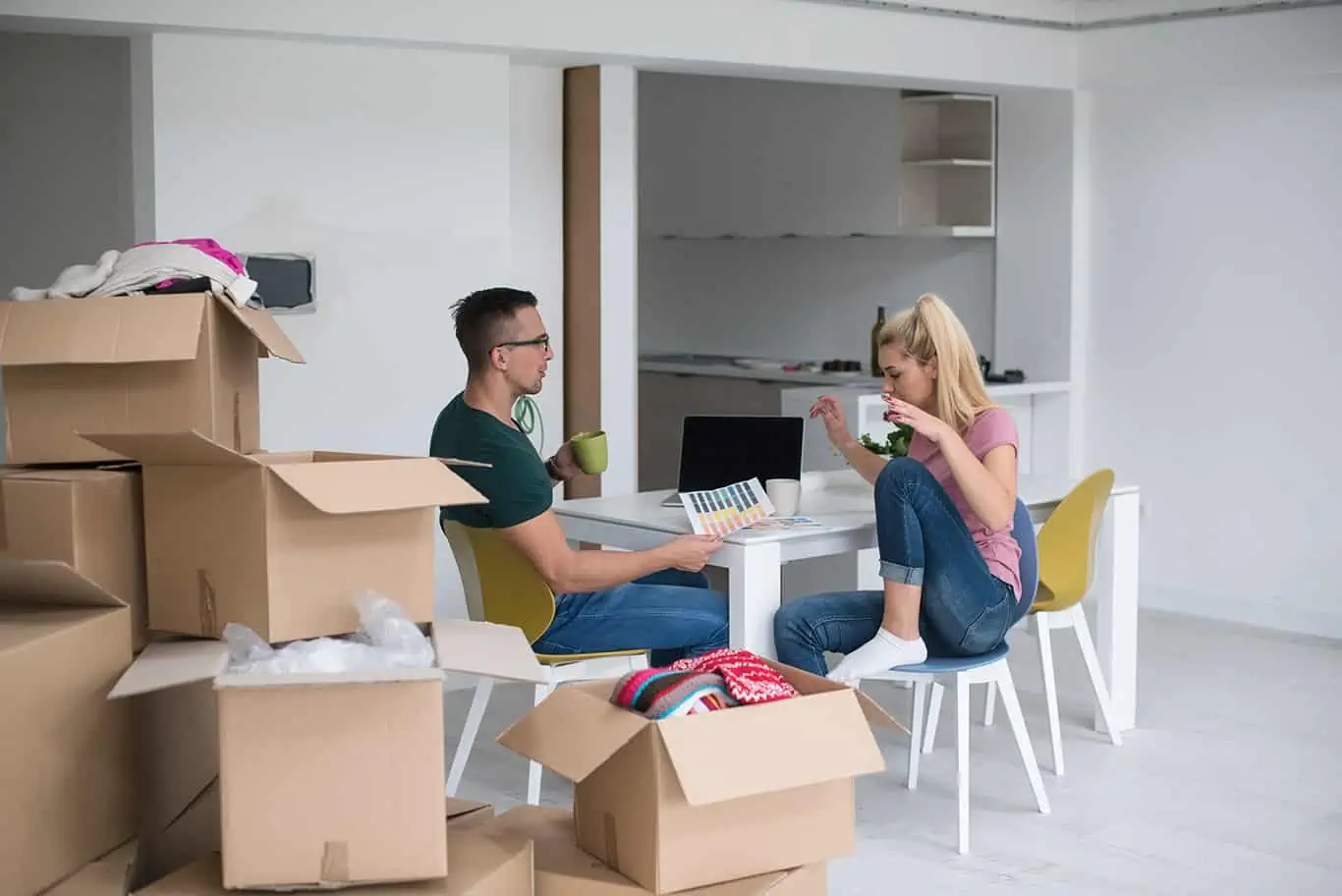Moving to a new apartment isn’t always easy. Tight spaces, unclear rules, and even hidden fees can quickly derail your carefully laid plans.
To help you avoid any moving-day surprises, we’ve put together this guide on what to know before moving into a city apartment. By the end, you’ll know how to avoid the unexpected costs of moving into an apartment, understand your building’s lease terms and regulations, and learn how to avoid fines.
Know What Date and Time You Can Move In
Moving can be disruptive, and apartments aren’t particularly known for being soundproof. Even if you’re mindful, you can make a lot of noise coming back and forth with boxes or rearranging furniture. Quiet hours often apply in apartment communities, so you may have to plan around them.
Traffic, noise ordinances, and general rules can also affect your move-in. If your building uses an elevator, there may be specific hours or days that management allows you to book it.
Depending on your complex, you may have to move in on a Saturday. Others might specify that you have to move on a weekday when foot traffic is lighter. Check your building’s move-in policies in advance if you have time constraints for getting everything moved in.
Plan the Best Places to Park Your Moving Truck
Moving into an apartment is often more complicated than relocating to a house with a clear driveway. And if you live in the heart of a big city, it can be even harder. Ask your management office about hours, time limits, permits, and where you need to park. If you need a permit, apply as soon as possible so processing times don’t delay your move-in.
Some buildings offer a rear service entrance or loading dock. This can make things easier since you have a designated place to park, but you may have to schedule a block of time to use it.
Ask About Your Apartment’s Unloading Policy
Before moving day, ask your building management about how and where unloading works. Some apartment complexes require you to unload onto a staging area and move your truck away from the loading dock or service entrance as quickly as possible.
“A COI is a Certificate of Insurance. It lets your apartment complex know that your moving company is insured and provides important coverage details, such as policy limits, effective dates, and other key details.”
Others won’t allow you to leave items out, or they’ll require you to keep clear paths for egress. Don’t forget to inform your moving team of any rules or requirements.
Bonus Tip: Know Where to Dispose of Boxes
Many buildings set specific rules for how to dispose of moving boxes and packing materials. Even if a recycling bin is available, they may ask that moving debris not be placed there to prevent it from filling up too quickly.
Your building manager can tell you the preferred way to dispose of boxes. You can also try giving away empty boxes on social media. Or, if you unpack quickly, the movers might be willing to haul the boxes away for you.
Take Floor Protection Seriously
Many buildings require floor protection to prevent damage in shared areas, especially those with hardwood or tile flooring. For example, an area with nice hardwood or marble flooring may require Masonite: wooden hardboards that can prevent damage to the floor while you’re shifting furniture. If you need it, make sure your movers have one on hand. Some buildings may have hardboards available to lend you, so ask ahead of time.
And don’t stop at protecting just the floor. Some management companies require additional protection in doorways and stairwells.
Familiarize Yourself With Your Movers’ Insurance
Most licensed moving companies have to provide basic liability insurance. However, some buildings in big cities require proof of moving insurance or even the purchase of extra policies. That way, if an accident happens, they can recoup the cost quickly. Without insurance, you could be left with hidden apartment move-in fees.
“Even if you’re mindful, you can make a lot of noise coming back and forth with boxes or rearranging furniture. Quiet hours often apply in apartment communities, so you may have to plan around them.”
If you need proof of insurance, tell your moving company as soon as possible. They’ll need time to get a COI form from the office and return it with all the necessary paperwork from their own insurance company. The building may not let you move in if you don’t have the proper paperwork filed, so check carefully.
Review City Apartment Moving Rules
There’s plenty more to know to make your move seamless. Check with your apartment complex about common rules like:
- Building move-in hours: Confirm whether there are set moving hours listed in the lease.
- Elevator reservations: If you need an elevator reservation, familiarize yourself with the process in advance. Make sure you book the reservation early to get the best date and time for moving day.
- COI requirements: A COI is a Certificate of Insurance. It lets your apartment complex know that your moving company is insured and provides important coverage details, such as policy limits, effective dates, and other key details.
- Noise and disturbance levels: Evenings and weekends may be subject to noise restrictions. While you shouldn’t be particularly loud while moving, you also want to avoid a costly fine for violating regulations.
- Fire safety regulations: While you move, avoid any fire safety violations. Ensure that you never obstruct fire exits or safety equipment.
- Parking: Know where to park your moving truck (and where guests should park if friends or family are coming to help you).
Prepare for a Smooth City Move
Ready to make your move as smooth as possible? Check out our moving checklist to make sure you have all the necessary supplies, such as dollies, stretch wrap, and moving blankets.
Additionally, if you’re moving on a narrow city street or to the top of a towering apartment building, let us know. We make budgeting for apartment moves easy by providing clear, upfront quotes from local moving companies. Compare services and book trusted, vetted, and highly rated movers through HireAHelper’s online platform.








 If you’re moving with wine glasses or
If you’re moving with wine glasses or 


 I rarely had a customer who
I rarely had a customer who 


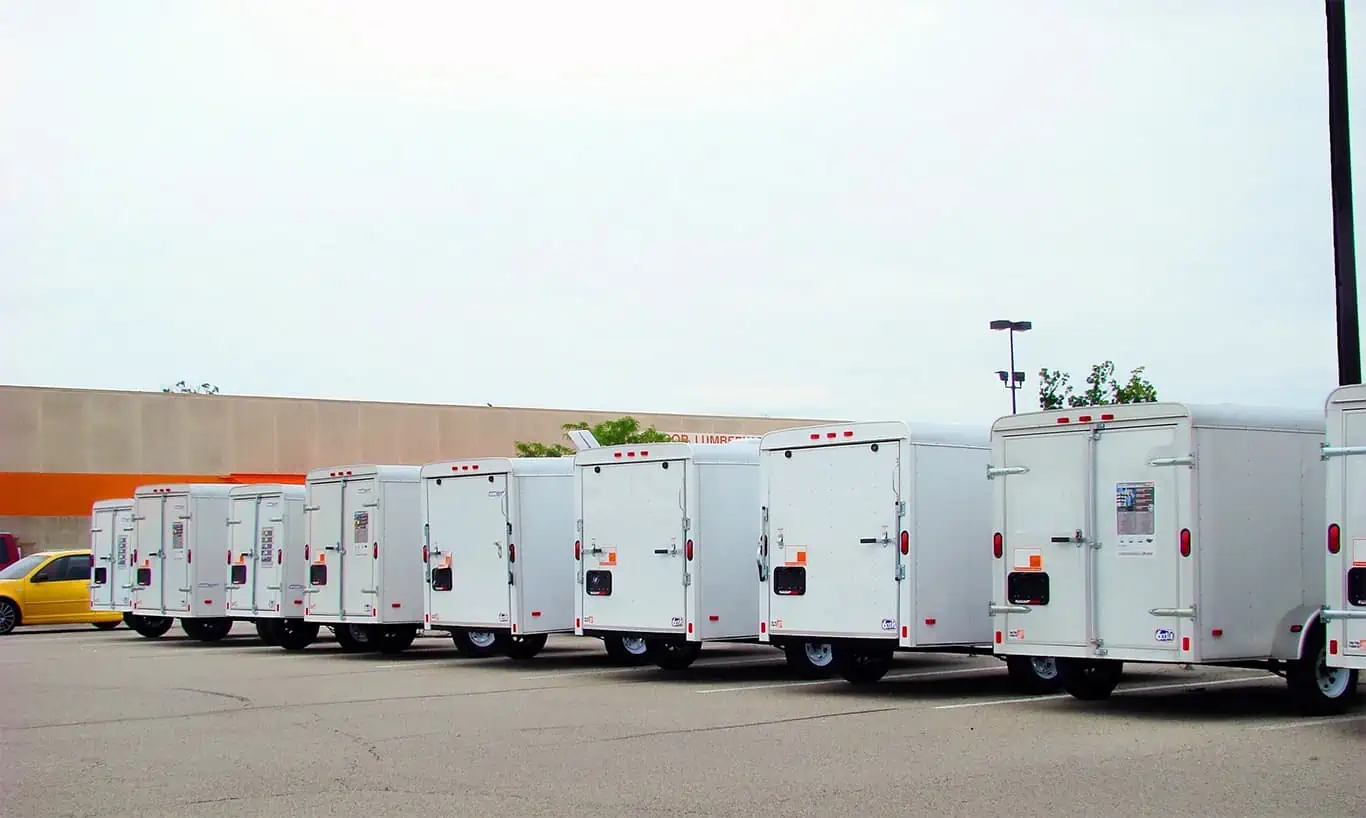
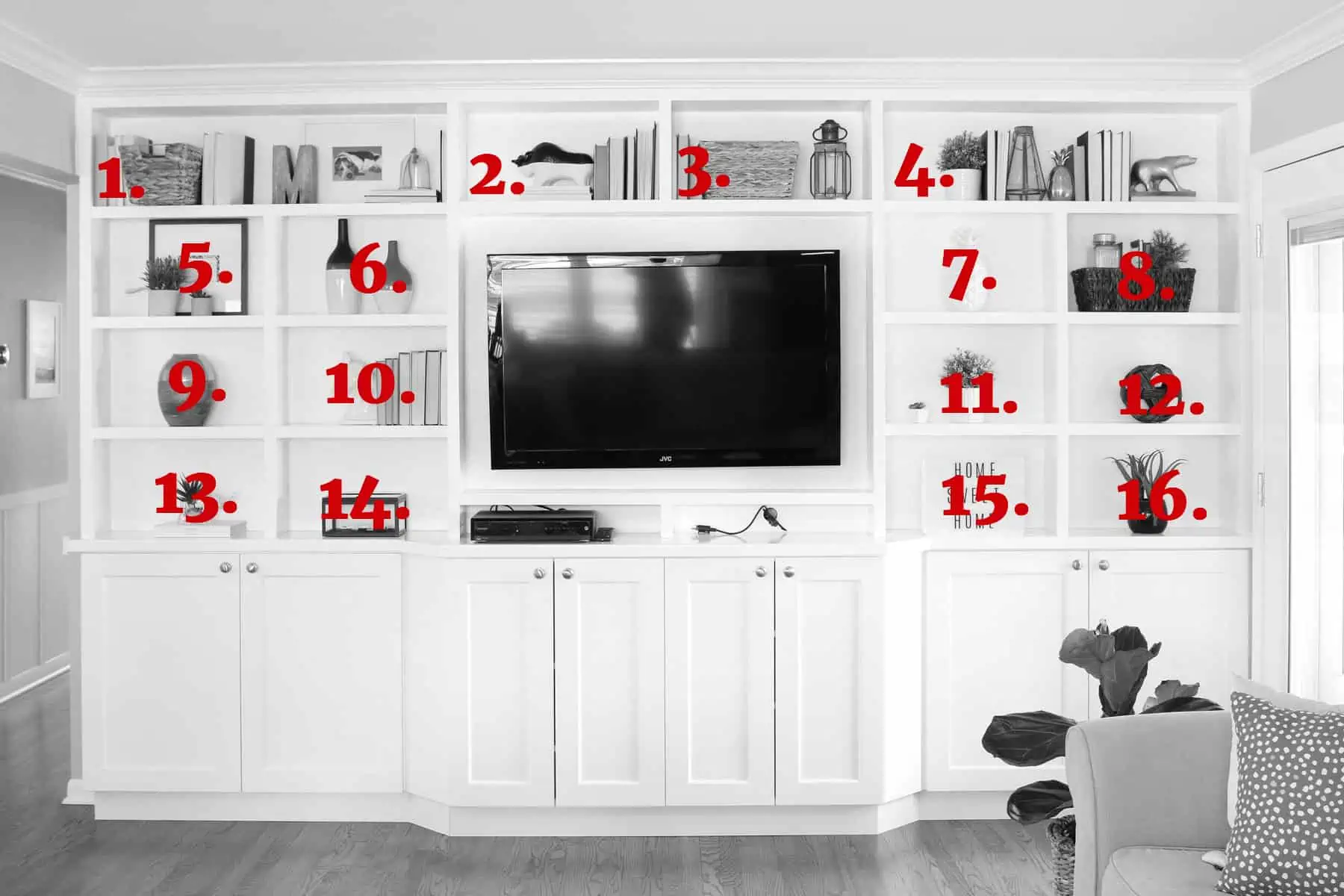
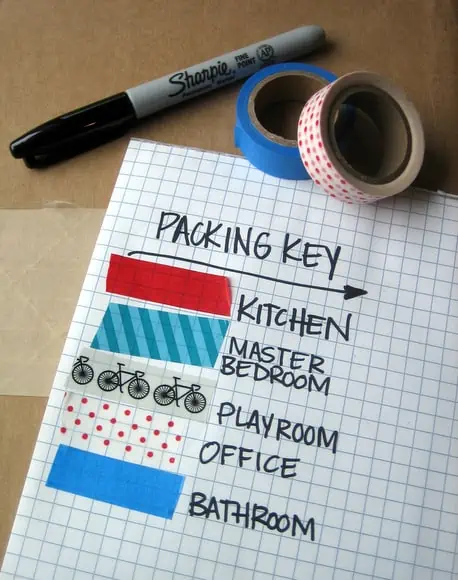
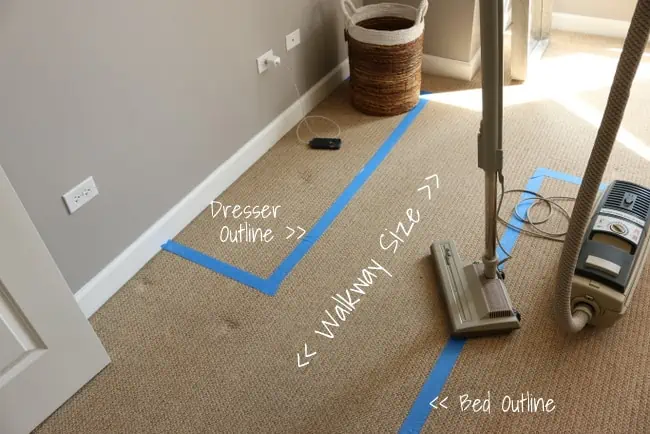
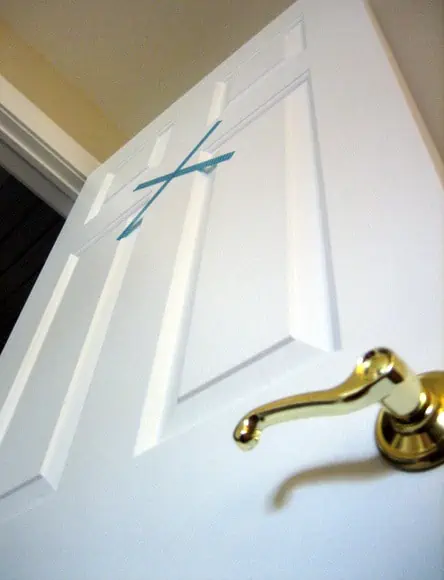


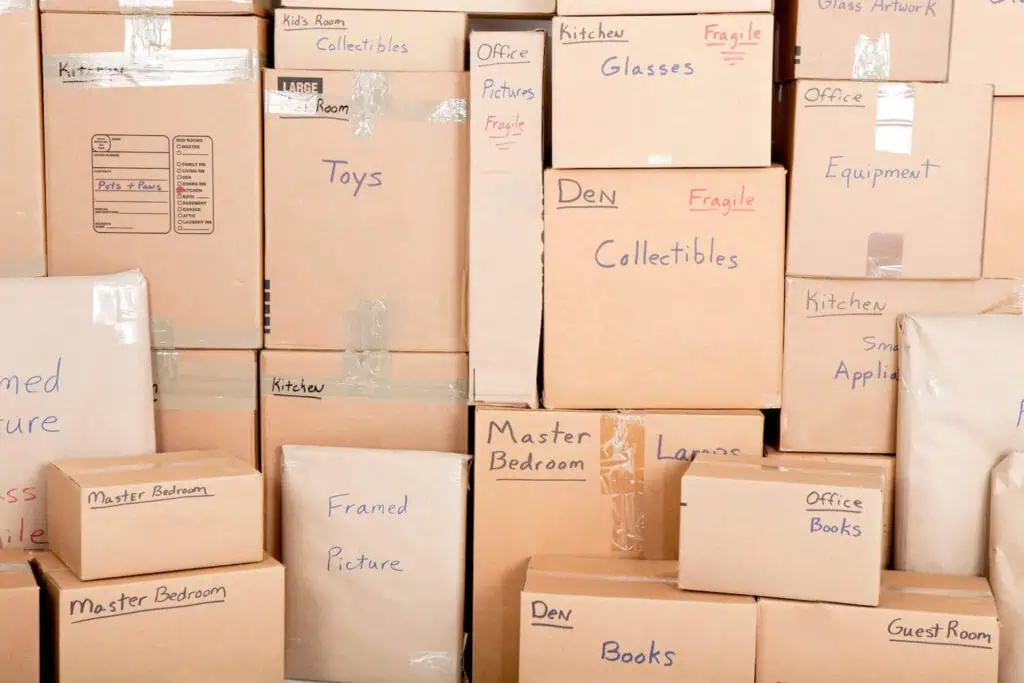





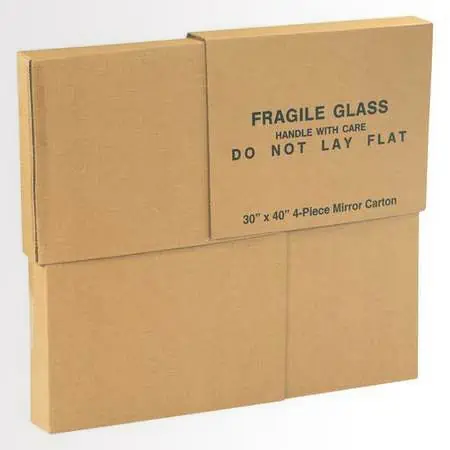
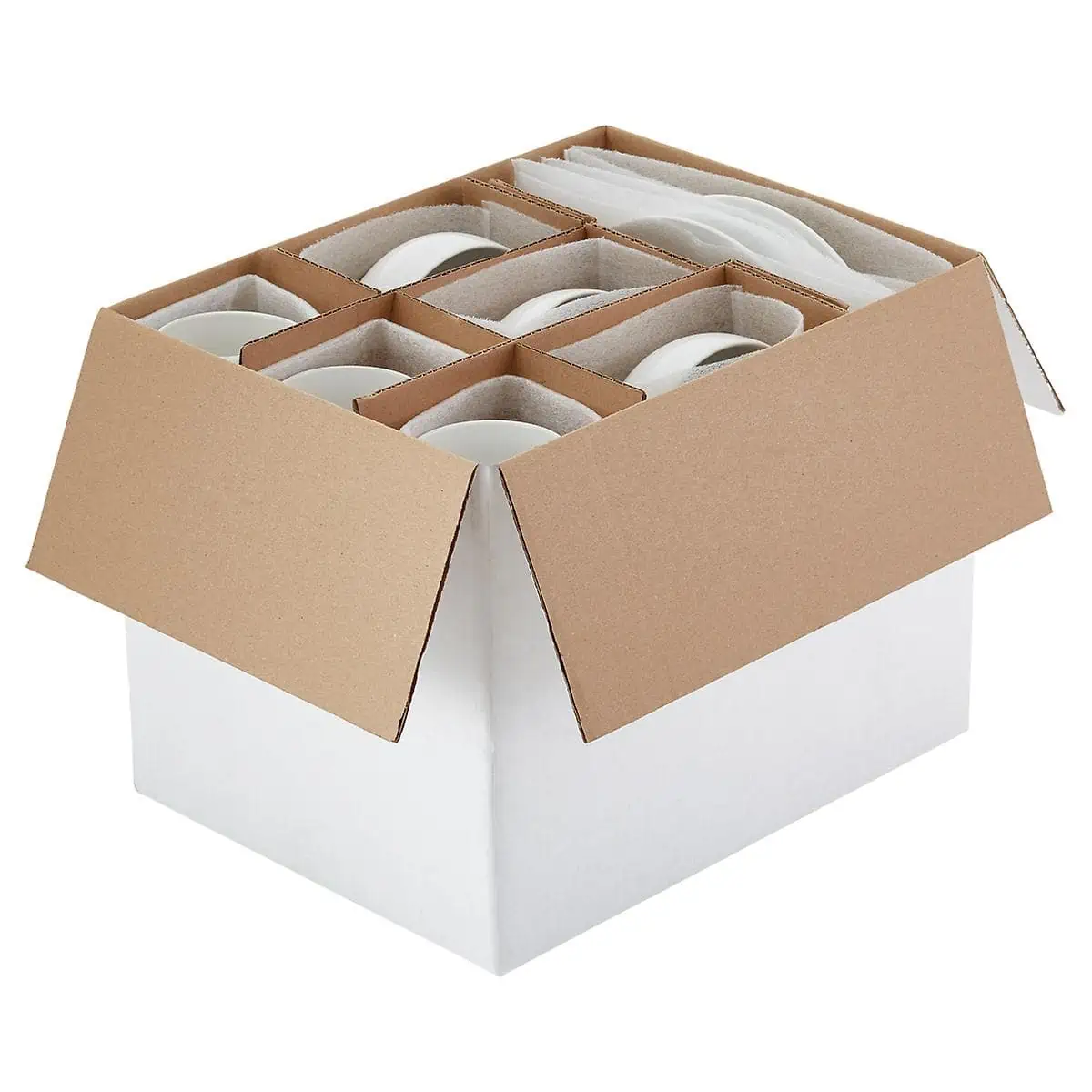
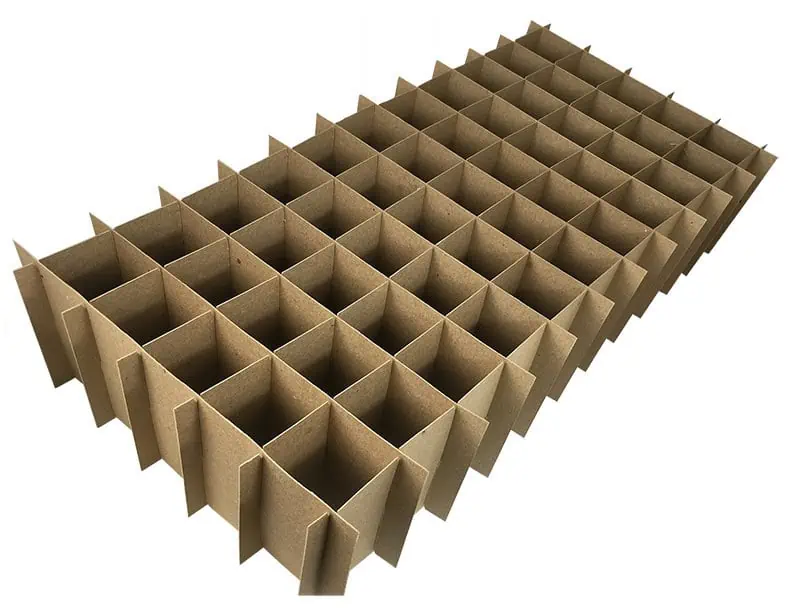
 You may like the idea of those Styrofoam nuggets, but in general, they are bulky, costly, and non-biodegradable. The eco-friendly alternative cornstarch peanuts are even more expensive and don’t make for a very satisfying snack, no matter how hungry you are at the end of your move. Plus, they end up getting scattered all over the floor and clinging to your clothes. In short, use (and eat) them if you like, but I don’t recommend them.
You may like the idea of those Styrofoam nuggets, but in general, they are bulky, costly, and non-biodegradable. The eco-friendly alternative cornstarch peanuts are even more expensive and don’t make for a very satisfying snack, no matter how hungry you are at the end of your move. Plus, they end up getting scattered all over the floor and clinging to your clothes. In short, use (and eat) them if you like, but I don’t recommend them.